Where to See
| Species Group | Dragonflies |
|---|---|
| Scientific Name | Aeshna isoceles |
| Status & Distribution | Listed as Endangered in the British Odonata Red List 2008. Legally protected under the Wildlife and Countryside Act 1981. The Norfolk Hawker was historically restricted to the Broadlands of Norfolk and north east Suffolk. Over the past couple of decades it has spread and can now also be found in other places including Kent, Cambridgeshire, the London Wetland Centre, Hertfordshire, Dorset and Devon. There have also been sightings as far north as Yorkshire and Lancashire, as well as in intervening counties. |
| Habitat | The optimum conditions for breeding appear to be unspoilt grazing marsh dyke systems with clean, non-saline water, rushy margins, and preferably with an abundance of water soldier as well as other aquatic plants. Other sites include well vegetated lakes and ponds, often with a reedy fringe. |
| Flight Period |  |
| Adult Identification |
|
| Larval Information | Hawkers have a long streamlined body-shape. 38-44mm Mask length roughly 3x the width. Cerci are 2/3rds length of the paraprocts at the end of the abdomen. |
| Threats |
|
| Management | Norfolk Hawker Management Profile General management principles include maintaining grazing marshes, controlling saline intrusion, controlling nutrient enrichment. There are also best practice guidelines for managing inhabited sites, particularly the dyke vegetation and the surrounding terrestrial habitats. |
| Similar Species |
|
| Case Study | Work is underway to restore habitats for this species in Norfolk.
|

